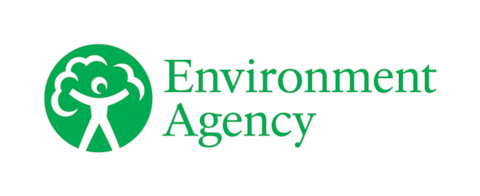Business flood plan checklists
Updated 16 November 2023
Applies to England
Taking simple steps can go a long way to protect your business from flooding. Preparing in advance will make it easier to respond to and recover from a flood.╠ř╠ř
Your business should have a flood plan. Keep it in a safe and accessible place, away from potential flood water.╠ř
Read our personal flood plan advice for core steps to take to stay safe in a flood.
1. Before a flood╠ř
Actions you can take to protect your business include:╠ř
- check your insurance covers you for flood damage, business interruption and lost revenue╠ř
- adapt your business to the risk of flooding╠ř
- check that your flood prevention products or flood warning systems function properly╠ř╠ř
- use your existing maintenance procedures as an opportunity to reduce your flood risk╠ř
- include potential impacts of a flood on staff in your health and safety assessments╠ř
- agree flood contingency plans with suppliers and customers and contract management╠ř
- plan for preventing business disruption and assisting recovery (known as business continuity)╠ř
2. Business flood plan checklist╠ř
Here are examples of information you could include in your plan:╠ř
- trigger points for action that make the most sense for your plan, for example water in the car park╠ř╠ř
- what should happen at these trigger points and what might change if the flood gets worse╠ř
- security procedures you might need to activate during a flood╠ř╠ř
- a description or map of emergency routes and evacuation points╠ř╠ř
- shut off points for gas, electricity and water, and details of any emergency power source╠ř
- details of items that may need special protective measures, for example hazardous or refrigerated materials, and what to do with them╠ř
For your data and information:╠ř
- safe storage of data and information, for example customer and staff records╠ř
- moving important documents to a location where they wonÔÇÖt be damaged by flood water╠ř
For your people:╠ř
- emergency contact information, including out of normal hours╠ř
- a note of staff who may need assistance when flooding happens╠ř
- details of where a first aid kit, safety equipment or medical supplies are located╠ř
- details of actions for your staff to take and the training they may need to carry out these roles and responsibilities╠ř
Make a person, or group of people, responsible for managing a flood emergency, including:╠ř
- carrying out your flood plan╠ř
- making decisions╠ř
- contacting relevant people on and off site╠ř
- speaking with public authorities╠ř
- managing other staff╠ř
You should make a list of important contacts, including:╠ř
- building services╠ř
- utilities╠ř
- suppliers╠ř╠ř
- evacuation contacts for staff╠ř
These organisations may be able to help with:╠ř╠ř
- installing flood protection products╠ř
- moving stock and important items to safe locations╠ř
- emergency storage╠ř
- emergency supplies╠ř
- medical support╠ř
Others who can help might include:╠ř
- local business and community networks╠ř
- chambers of commerce╠ř
- your local council╠ř
Make sure you know what you must do under relevant regulations and legislation, including:╠ř
- health and safety╠ř
- liability╠ř
- environmental management╠ř
- financial management╠ř
3. Immediately before a flood╠ř
If flooding is about to happen, check your staff:╠ř
- are safe╠ř╠ř
- know what to do in a flood╠ř
- know their role and responsibilities╠ř
- know how to communicate in an emergency╠ř
4. When a flood happens╠ř
Follow your flood plan. You can also follow advice in:╠ř
5. After a flood╠ř
Follow your flood plan. You can also follow advice in:╠ř
6. Campsites and caravan parks╠ř
We have specific guidance for managing the flood risk of your campsite or caravan park.

